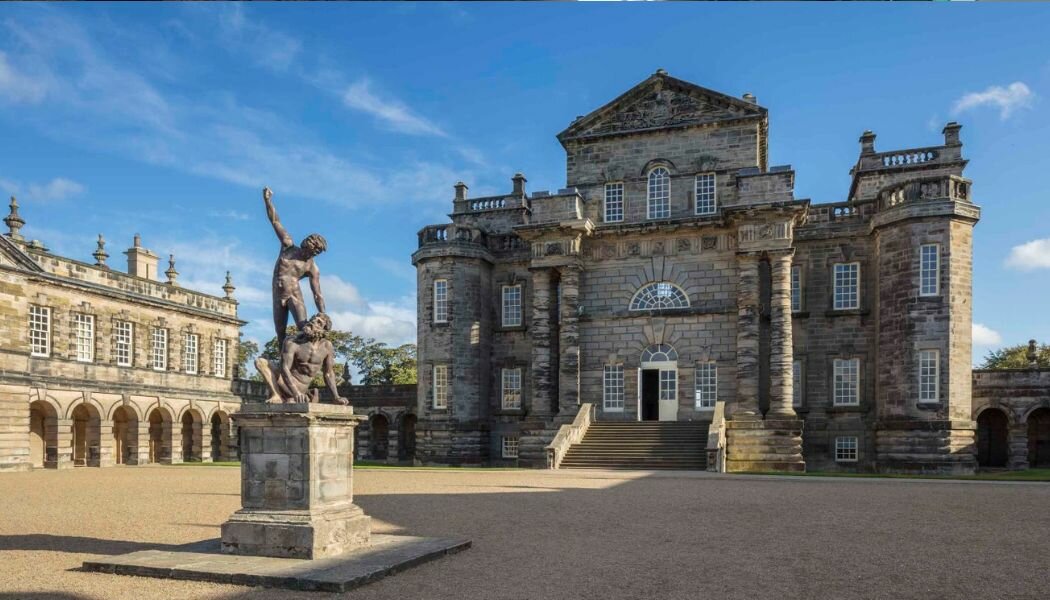The National Trust has spent a record £179.6 million on the conservation of historic buildings and collections in the last financial year, the charity’s latest Annual Report reveals.
Donors and funders also made the 2022/23 financial year a record year for the charity’s fundraising, with £117 million raised for core conservation work and improving access.
Legacy income exceeded £70 million for the first time, it reports, as people remember the Trust in their wills.
Onsite fundraising was significantly bolstered by sales through second-hand book shops, it reports, with the £2.5 million donated paying for more than 55,000 hours of expert collection conservation.
Volunteers, among them those that supported the second-hand bookshops, donated a total of 3.4 million hours in 2022/23.
Among the projects supported in its last financial year was the reopening of Northumberland’s Seaton Delaval’s Hall following a £7.4 million restoration project, and the transformation of the Dyrham Park house and estate in Gloucester.
It reports a total of 24.1 million visitors at pay-for-entry places in 2022/23, with 1.7 million single-use free passes available, and a £3 million investment in improving infrastructure, facilities and the visitor offer for people with physical access needs.
New openings post conservation work included the ‘Garden in the ruins’ at Nymans in Sussex, and the first Children’s Country House at Sudbury in Derbyshire.
Newly opened Children’s Country House hoped to “spark a lifelong love of heritage”
Director-General Hilary McGrady said: “We were able to make this significant investment during a particularly difficult economic environment, with rising costs and continued recovery from the pandemic, thanks to the millions of people who support our cause.”
“This has been yet another challenging year, as prices have continued to rise and personal finances have been put under intense pressure. I’m delighted that people are so dedicated to spending their time and money with us during these difficult times, and that the National Trust’s charitable mission continues to resonate deeply with so many people.”










